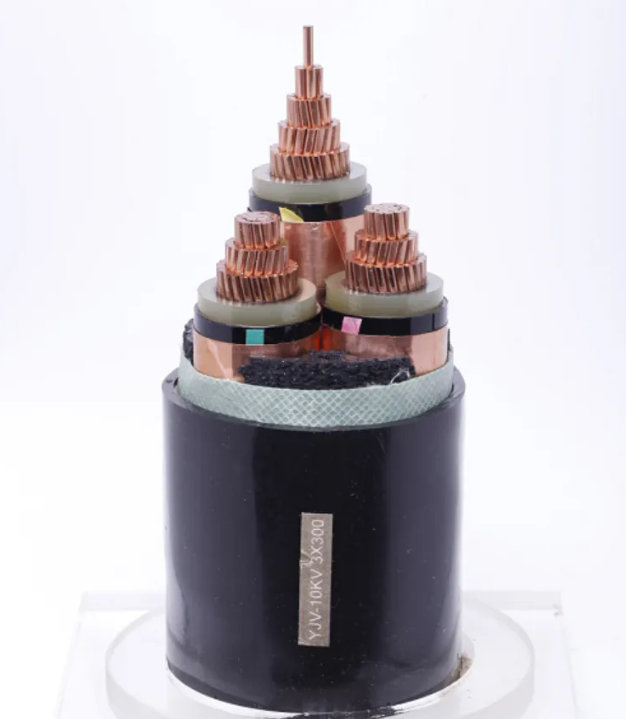Medium Voltage cables, or MV cables, is a category defined by the International Electrotechnical Commission (IEC) as having a voltage rating of above 1kV up to 100kV.
There does, however, remain some ambiguity over where the medium voltage cable band begins and ends, depending on the countries, the standard setting bodies, and the type of system used as historically engineers only referred to low voltage and high voltage.
The concept of medium voltage was only introduced as the level of voltages increased and the need arose for a greater classification range, which now often includes extra low and extra high voltage.

ZMS cable is a leading supplier of medium voltage cables, which we consider to range between 3.3kV and 35kV. Our MV XLPE insulated cables are manufactured in accordance with various British and international Standards.
These include armoured cable to British Standard BS6622 and BS7835; international Standards including IEC 60502-1 and IEC 60502-2; as well as a wide range of international construction specifications, including N2SXY, N2XS2Y, N2XSEY, NA2XSY and NA2XS2Y.
Construction of medium voltage MV cable
Cross-sectional area: generally 35mm2 up to 100mm2
Number of cores: generally one or three
Solid or stranded aluminium conductors: for applications requiring a lighter cable weight, also often more economical due to lower aluminium prices.
Stranded copper conductors: for applications requiring a smaller overall diameter and higher transmitting properties.
Bonded or strippable out semi-conducting layer
Water tightness: longitudinal, longitudinal + quasi-radial, longitudinal + radial
Insulation layers (conductor screen, insulation and insulation screen): XLPE, which is more commonly used for MV cables, or EPR which is more flexible and often better suited to marine and offshore applications.
Metallic screen: to nullify the electric field outside the MV cable. Concentric copper wire screens, Aluminium foil laminate, or extruded lead alloy sheath.
Twisted three-core cable or triplex
Armouring: for mechanical protection. Aluminium wire armoured for single-core cables, Galvanised steel wire armour, strip or tape.

Tapes: Separator tapes to facilitate peeling, water-swellable tapes to prevent water ingress, Conductive tape for core binding.
Outer Sheath: compounds with various properties, tailored to the specific application's requirements, including resistance to oils, greases, rodents, termites, UV and flame, as well as zero halogen emissions.
Power cables for power networks, underground and in cable ducting
Construction:
Conductor
Class 2 stranded copper conductor according to BS EN 60228 (previously BS 6360)
Conductor Screen
Semi-conductive XLPE (Cross-Linked Polyethylene)
Insulation
XLPE (Cross-Linked Polyethylene) Type GP8 according to BS 7655
Insulation Screen
Semi-conductive XLPE (Cross-Linked Polyethylene)
Metallic Screen
Individual or collective overall copper tape screen according to BS 6622
Filler
PET (Polyethylene Terephthalate) fibres Separator
Binding tape
Bedding PVC (Polyvinyl Chloride) Type TM1 according to BS 7655
Armour
Single core: AWA (Aluminium Wire Armoured) Multi-core: SWA (Steel Wire Armoured)
Sheath
PVC (Polyvinyl Chloride) Type TM1 according to BS 7655
Voltage Rating
(Uo/U)(Um) 6.35/11 (12)kV
Temperature Rating
Fixed: 0°C to +90°C Minimum
Bending Radius
Single core - Fixed: 15 x overall diameter 3 core - Fixed: 12 x overall diameter (Single core 12 x overall diameter and 3 core 10 x overall diameter where bends are positioned adjacent to a joint or termination provided that the bending is carefully controlled by the use of a former)